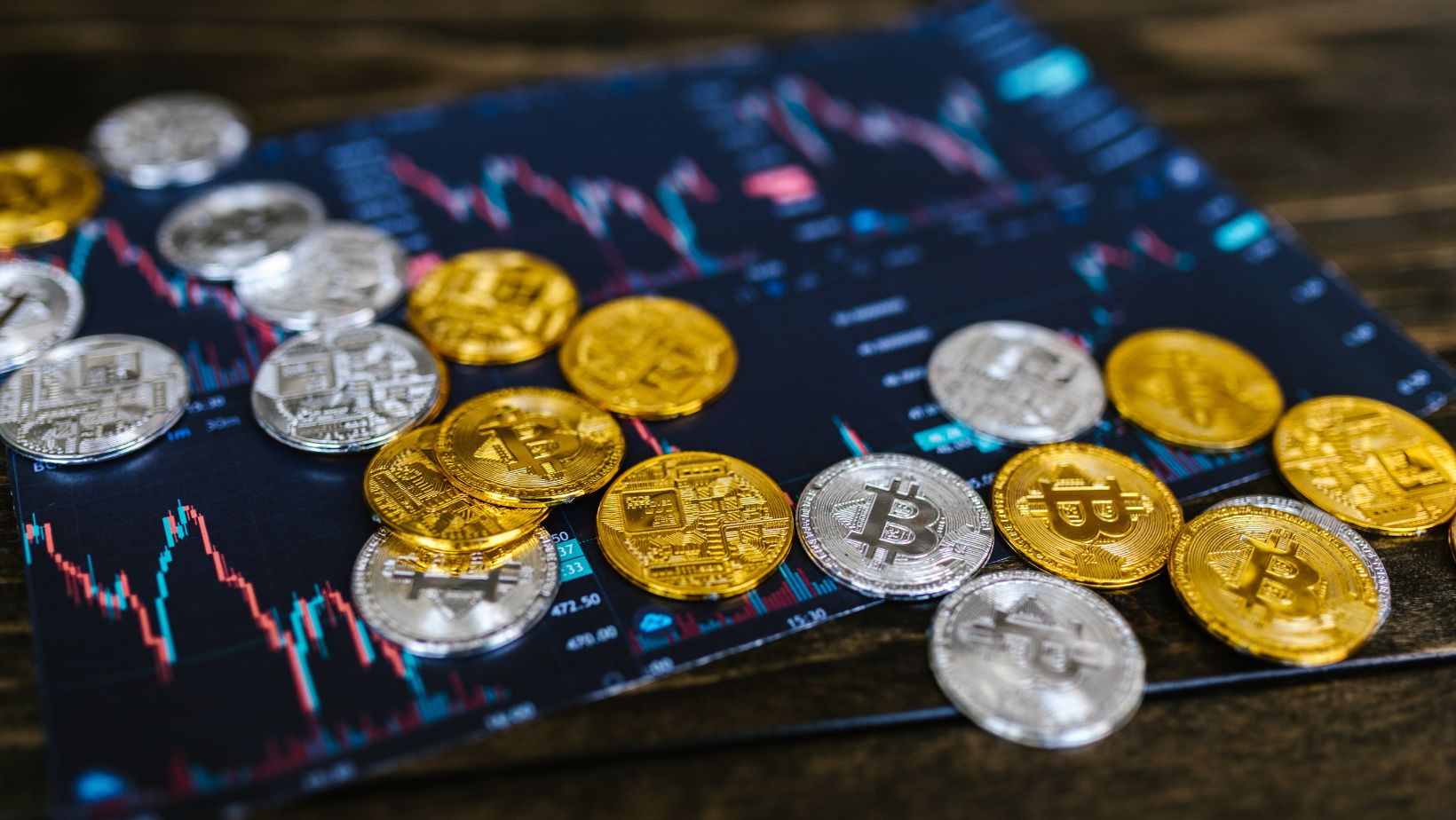Within the domain of art and creative endeavors, a significant revolution is currently unfolding, fundamentally altering the dynamics of artist-collector interactions, transactions, and the perception of artistic ingenuity. This transformative shift stems from the intersection of cutting-edge technology, blockchain infrastructure, and cryptocurrency, notably exemplified by its pioneering concept of Non-Fungible Tokens (NFTs). This comprehensive article delves into the captivating juncture where the realms of art and technology harmonize, elucidating the novel ways through which artists and collectors are establishing unprecedented connections via NFTs, all catalyzed by the influential role of Bitcoin in propelling this nascent art renaissance. Art enthusiasts who wish to join the NFT bandwagon can start their journey with Innovault, a trusted platform that bridges the gap between artists and collectors.
The Genesis of NFTs and Bitcoin: An Artistic Synergy
What are NFTs and How Do They Work?
Non-fungible tokens (NFTs) have emerged as a revolutionary concept within the art world. Unlike traditional cryptocurrencies such as Bitcoin, which are fungible and interchangeable, NFTs are unique digital assets representing ownership of a specific item, be it digital artwork, music, collectibles, or even virtual real estate. Each NFT is stored on a blockchain, a decentralized digital ledger, making it tamper-proof and transparent, thus ensuring authenticity and scarcity.
Bitcoin’s Role in the NFT Revolution
Bitcoin, the pioneer of cryptocurrencies, has long been celebrated for its potential to reshape the financial landscape. However, its influence extends beyond traditional finance, as it intersects with the NFT art revolution. The decentralized nature of Bitcoin provides the foundation for the secure and transparent transactions that NFTs require. Moreover, the decentralized ethos aligns with the spirit of artistic expression and ownership, giving artists and collectors greater control over their creations and acquisitions.
Empowering Artists: From Margins to Center Stage
Democratizing Artistic Expression

In the past, artists often faced significant barriers to entering the art world’s elite circles. Galleries, dealers, and intermediaries held sway over overexposure and opportunities. However, the emergence of NFTs, enabled by Bitcoin’s technology, has democratized art in an unprecedented way. Artists can now directly showcase and sell their work to a global audience, sidestepping traditional gatekeepers. This shift has empowered emerging artists and allowed them to retain a more significant portion of the profits from their creations.
Innovative Art Forms Unleashed
The marriage of technology and art through NFTs has led to the creation of innovative art forms that were previously unimaginable. Digital artists can now craft interactive, immersive experiences that transcend traditional mediums. This fusion of technology and creativity is fostering a renaissance of sorts, where artists can explore new frontiers of artistic expression fueled by the limitless potential of Bitcoin-backed NFTs.
Collectors’ Playground: Owning a Piece of the Digital Realm
Unlocking Scarcity in the Digital Age
Collectors have always been drawn to the concept of ownership, rarity, and scarcity. NFTs have redefined these principles in the digital realm. Owning an NFT means possessing a digital certificate of ownership over a specific piece of content. Bitcoin’s blockchain ensures the provenance and scarcity of these tokens, bestowing upon collectors a sense of ownership that rivals physical possessions. This has led to a paradigm shift, where digital art is now valued, collected, and cherished on par with its physical counterparts.
Trading, Speculation, and Investment
NFTs have catalyzed a new era of art trading, speculation, and investment. Just as collectors have historically sought out rare stamps, coins, and artwork, they are now navigating the NFT marketplace in pursuit of valuable digital assets. Bitcoin’s influence is apparent here, too, as it serves as a commonly accepted medium of exchange for these tokens, enabling seamless and secure transactions across borders.
The Future: Uniting Artists and Collectors on the Blockchain Frontier
Revolutionizing Artistic Collaboration
The future of art lies in collaboration, experimentation, and shared creativity. Bitcoin’s blockchain technology, underpinning the NFT revolution, holds the promise of fostering new forms of artistic collaboration. Artists can pool their talents and create collaborative NFTs that defy geographic boundaries. This interconnectedness, facilitated by Bitcoin, is propelling the art world into a realm of boundless possibilities.
Challenges and Opportunities

While the fusion of NFTs, Bitcoin, and art brings immense promise, it also raises critical questions. The environmental impact of blockchain technology, including Bitcoin’s energy consumption, has sparked concerns. However, these challenges also present opportunities for innovation as the tech and art communities work collaboratively to devise sustainable solutions.
Conclusion
In summation, the intersection of art, technology, and the influence of Bitcoin is actively propelling an artistic revolution that surmounts traditional constraints and global boundaries. Facilitated by blockchain technology, Non-Fungible Tokens (NFTs) have bestowed both artists and collectors with newfound agency, democratizing the art sphere and reshaping the very concept of ownership within the digital epoch. As we peer into the horizon, a panorama of exhilarating prospects unfolds as the art realm navigates the ongoing metamorphosis, embracing the profound potential imbued by Bitcoin-backed NFTs.


